For hire: unique positive organ ideal for renaissance and baroque music
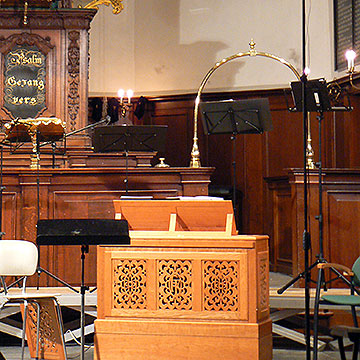
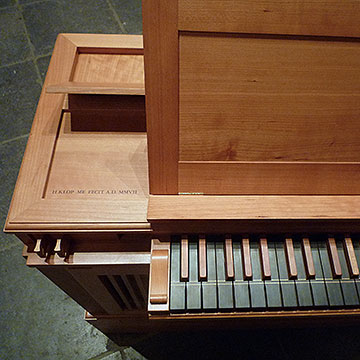
Specially-built for Rotterdam chamber choir Cappella Gabrieli, internationally renowned organ-builder Henk Klop in Garderen constructed a positive organ with two 8′ stops, one of which is tailored for renaissance music, and the other for baroque music. In addition, the instrument can be transposed, so that music that requires a different pitch can be easily played.
The organ is for hire, by agreement. Telephone or mail Maarten Michielsen: 0614 487661 or .
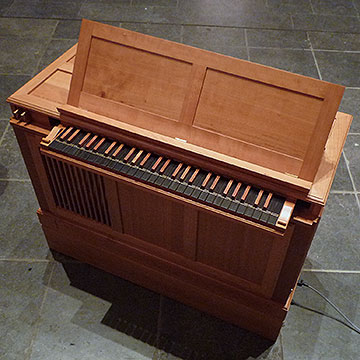
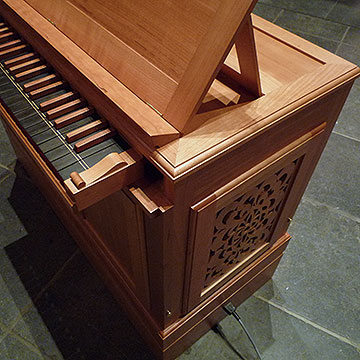
Cappella Gabrieli regularly sings works by composers such as Lassus, Palestrina, Tallis, Schütz, Monteverdi en Bach. This often requires an organ accompaniment - solo or as a continuo instrument. The choir regularly hired a positive organ for its concerts, but found that the existing organs (generally with stops of different pitches) less than ideal for programmes featuring renaissance and baroque music. This is why the choir took the initiative to have an organ built to order. In consultation with the firm Klop and organ specialist Ton van Eck, the choir chose for an instrument with two 8′ stops and an advanced transposition facility. Such an instrument is unique in the Netherlands, and further afield.
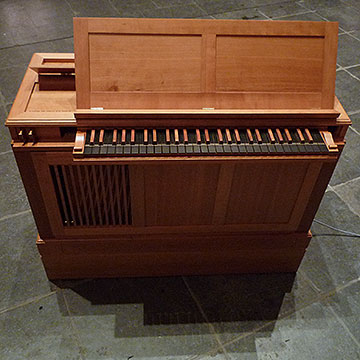
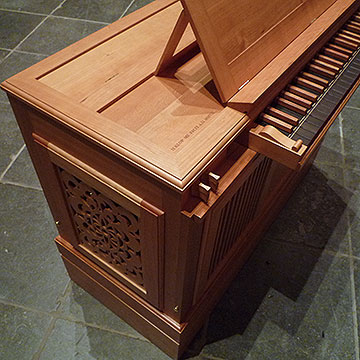
From the recommendation from Ton van Eck, organist at the St Bavo basilica in Haarlem and member of the Dutch association of organ specialists (CVON):
My experience with continuo-instruments is that higher registers (such as 4′) often add little or nothing to the strength and support for the choir, and can even confuse the sound. The chosen organ is a unique instrument. In the first place because of the two different 8′ stops: one for renaissance music and one for baroque and rococo music. As far as I know, no such instrument exists. Another advantage: the instrument is equipped with a convenient and versatile transposition facility so that it may be played with instruments with early music tuning (a = 415 Hz or a = 465 Hz) and even up to a fourth lower, which can be especially useful for renaissance music. A simple operation allows the instrument to be tuned chromatically (per semitone) within the range of a fifth: one tone higher and four tones lower.
We will send interested parties the complete recommendation.
For meer information you can contact Maarten Michielsen, Cappella Gabrieli’s conductor.
